Halo turning robot
The Halo robot is a direct-drive hollow centre steering robot that enables a wide range of steering inputs to be applied with high precision and repeatability, so that high quality data can be captured.
Halo uses a low friction coefficient direct drive motor and lightweight shell material, making it the smallest hollow ring steering robot in the market in terms of rotational inertia and friction. Compared with the SR60 Torus, Halo's rotational inertia is reduced by 8.5%, and its open ring friction is reduced by 30%. Compared with the hollow ring steering robot SR15/60 Orbit constructed by a gear driven motor, Halo is even more impressive. It also retains the advantage of a hollow annular motor - it allows the airbag to deploy normally. It is an ideal choice for current common testing standards, including handling stability, ESC, AEB, ADAS, Euro NCAP Emergency Steering Support (ESS).
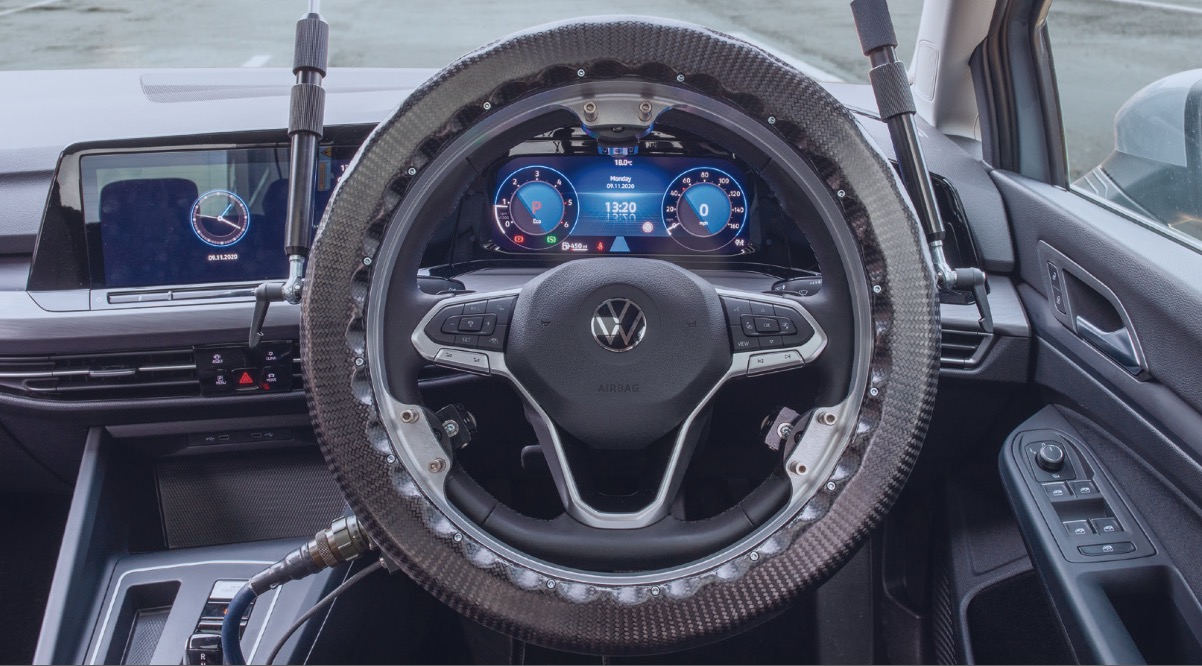
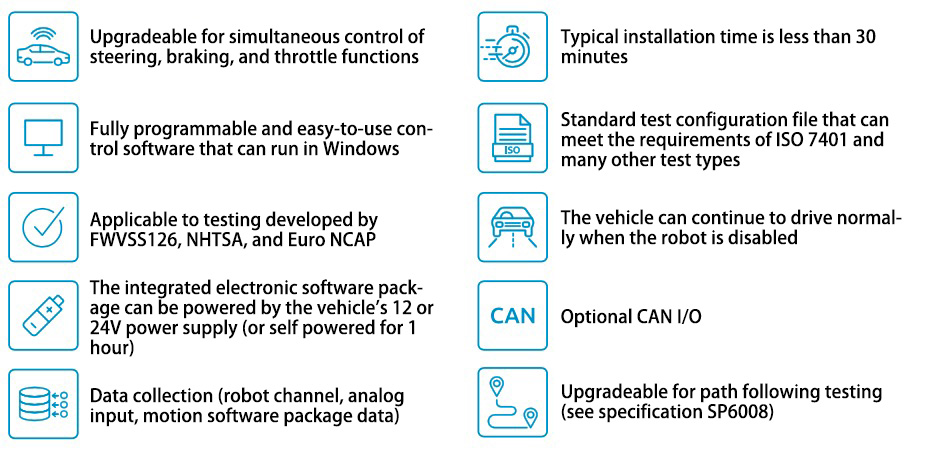
The Halo is used to apply accurate, controlled inputs to a vehicle’s steering system as required for a wide range of tests including for transient handling behaviour, ADAS testing, legislative tests (fishhook, sine-dwell etc.), steering system evaluation, durability and misuse testing. It can be used in both path-following and driverless systems.
The wrap-around carbon fibre steering rim built into the motor’s rotor allows for normal driving when the Halo is deactivated, while the hollow centre allows the airbag to remain active. This enhances test driver safety and removes the need to make custom steering column adaptors. The main benefit, however, is seen in modern vehicles where the removal of the driver’s airbag may be detected by the ESC system, triggering a change in the vehicle’s dynamic limits.
The Halo can be used with an external data capture system and include built-in multi-channel data capture to minimise the total hardware required in the vehicle. AB Dynamics steering robots can work in conjunction with pedal, gear changing and clutch robots to form a driverless solution.
Technical parameter
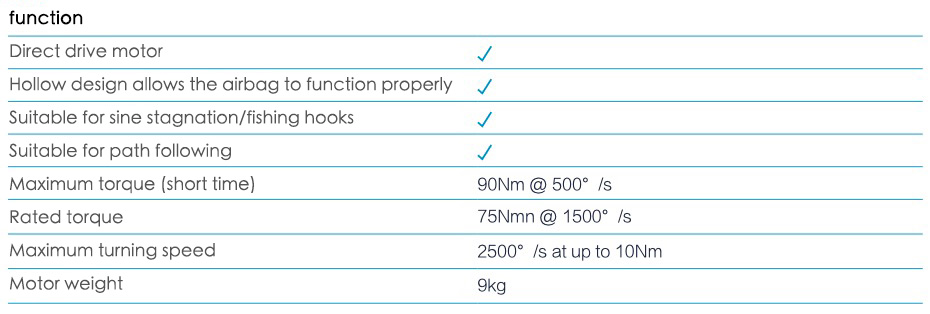
Software

The Halo’s user interface software runs on any standard PC running Windows. The software enables the driver to define and run new tests quickly and easily by choosing from a library of standard tests. These include sine, sine sweep, step and ramp inputs. A range of special tests is also provided, such as sine-dwell,
roll stability (used for fish-hook, J-turns etc.), catch-up and flick. In addition, test profiles can be recorded from direct driver input using a learn mode or played out from data stored in an ASCII file. The robot can also follow an external input signal.
Common control modes:
◆ Steering wheel angle control; ◆ Steering wheel torque control.
Installation method:
◆ Direct installation (installed on the steering column of the vehicle);
◆ Indirect installation (installed on the steering wheel of the original car through an adapter).
(Note: Ring motor SR15, Torus, Orbit can only be installed on top or back of the steering wheel)
Standard test template:
◆ SR Single Sine
◆ SR Spin-out(sinusoidal)
◆ SR Linear Sweep
◆ SR Square Step
◆ SR Roll Stability
◆ SR Spin-out(const velocity)
◆ SR Const Vel Sweep
◆ SR Trapezoidal Step
◆ SR Pulse
◆ SR Continuous Sine
◆ SR Tyre Conditioning
◆ SR General Trapezoidal
◆ SR Parking Effort
◆ SR Kerbing
◆ SR Returnability
◆ SR Periodic Random Noise
◆ Path Following test(Option)
◆ SR Catch-up
◆ SR Derating
◆ SR Constant Level
◆ Learn test
◆ FMVSS126 test group
◆ SR Slowly Increasing Steer
◆ SR Flick
◆ SR External follow
◆ SR Periodic Random Noise
◆ Regulation 13-H test group
Torque reaction mechanism:
1. Standard type: includes torque measurement, with the best driver visibility and the most secure installation.
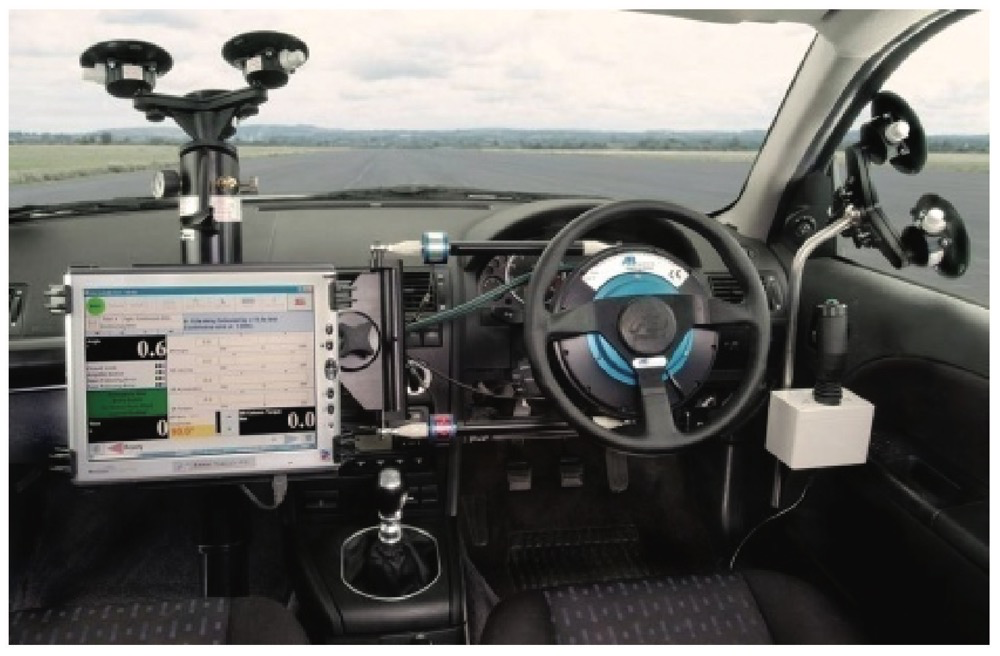
2. S-type installation: direct windshield installation, simple, fast, and inexpensive, without torque measurement sensors [can be estimated by motor current or cylindrical torque sensors can be installed (only SR30, SR60, SR150 for direct installation)].
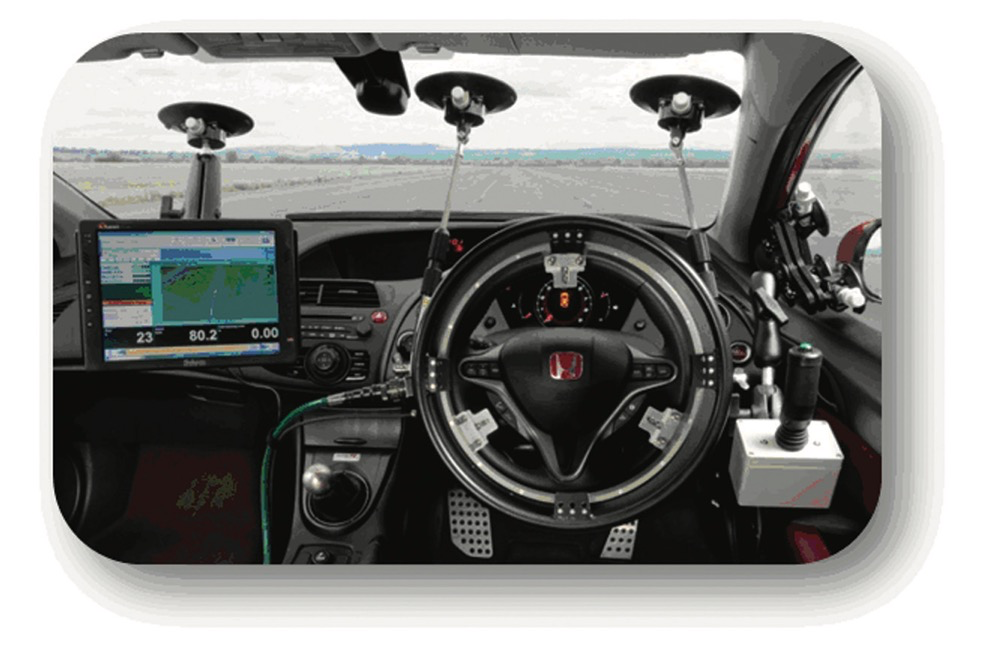
3. TD type torque reaction: installed on the passenger seat bolt without torque measurement sensor [can be estimated by motor current or cylindrical torque sensor can be installed (only for direct installation SR30, SR60)].
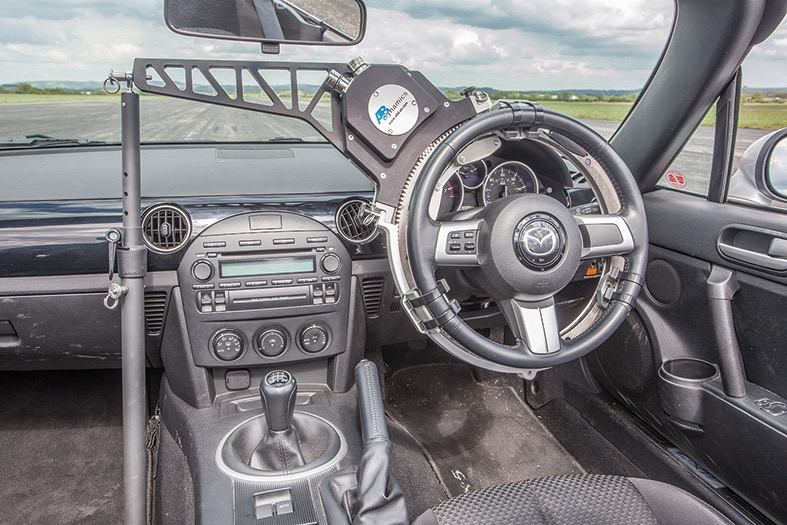
4. SR150 windshield mounting arm: specifically designed for SR150, without torque measurement sensor (can be estimated by motor current or installed with cylindrical torque sensor).
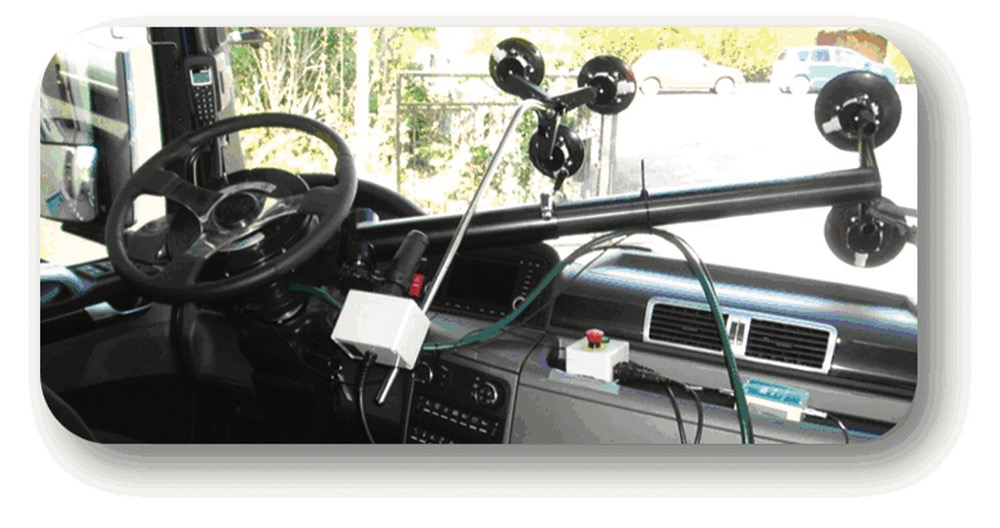
Path following function of turning robot:
By combining the steering robot with an inertia motion package with GPS correction, the steering robot can be used to guide the vehicle along a set path, achieving the function of path following. If DGPS is used to correct motion packets, a path following accuracy of 2cm can be achieved. Mainly used to improve the accuracy and repeatability of the test path, it is commonly used in obstacle avoidance tests, such as circular tests for oversteer or understeer, ISO double lane change tests, snake shaped tests, closed-loop loop timing tests, etc. The maximum path following speed can reach 220KM/H.
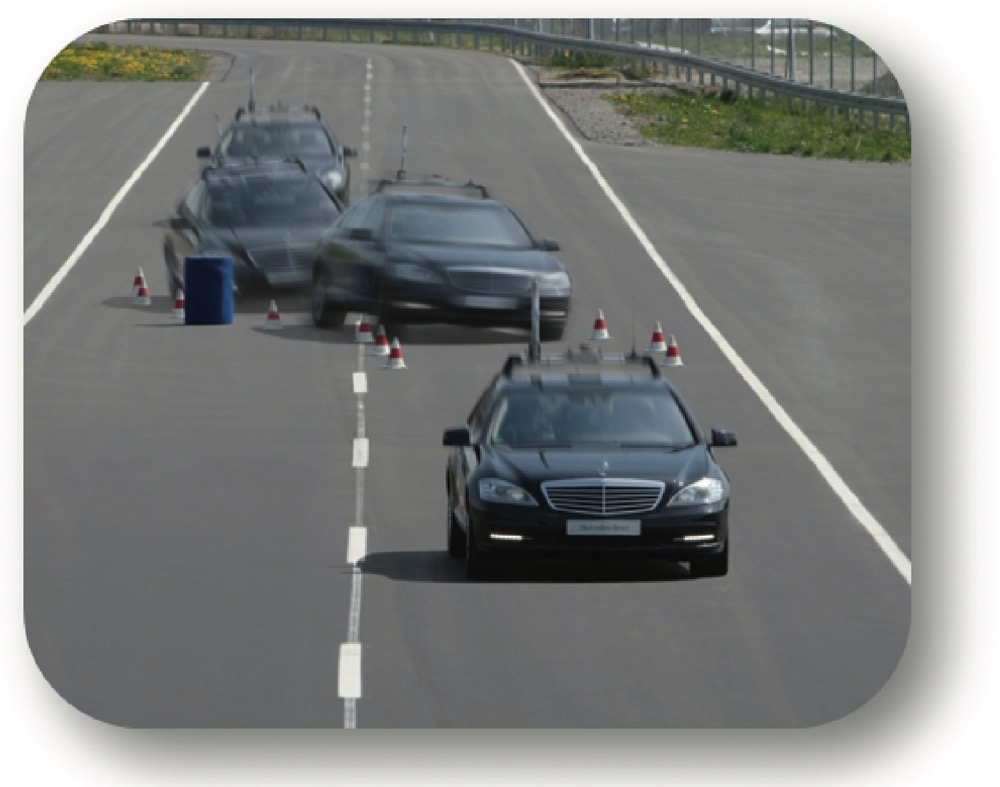
Path generation method:
◆ Learn a path through manual driving, and then create this path through recorded data
◆ Use the geometric line segments in the path generation software module to draw the required path step by step;
◆ Create a path from raw ASCII data.